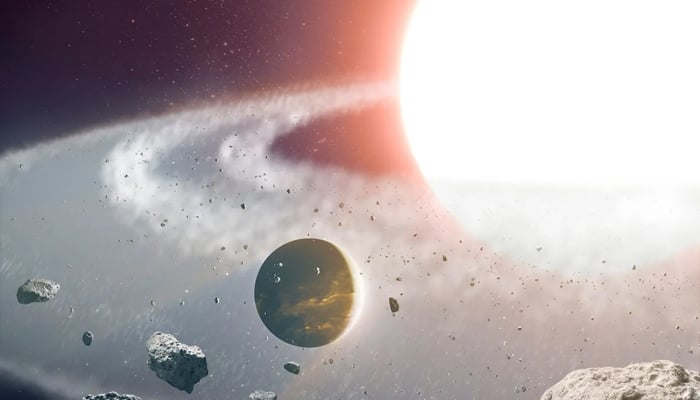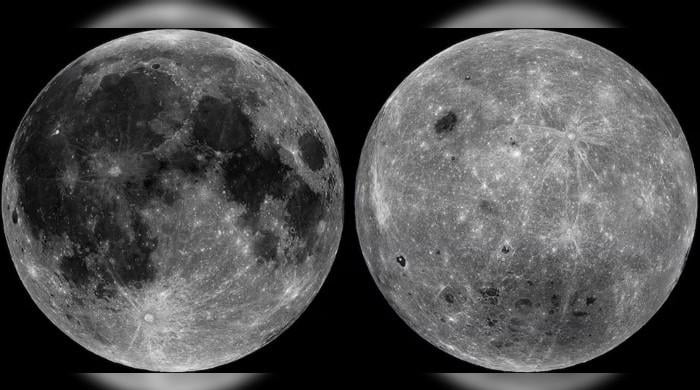Halla: Meet the planet that dodged death, proved scientists wrong
Doomed Planet orbiting around Baekdu (8 UMi) defies sure destruction
May 13, 2024

Scientists were recently stumped to discover that a planet, which was doomed to be destroyed, miraculously survived after its star morphed into a red giant by increasing 150% in size, according to research in The Astrophysical Journal Letters.
The current findings have challenged the earlier theories that anticipated the planet 8 Ursae Minoris b or Halla would go up in smoke as soon its dying star starts bloating.
The star, Baekdu (8 UMi), expanded and turned into a red giant. Scientists are trying to make sense of the mysterious survival of the planet — discovered in 2015.
Halla resembles Jupiter as it is a gas giant that takes 93 days to complete its orbit. Its distance from its host star is measured to be around half of that between the sun and the Earth, reported Newsweek.
The scientist found that the star was burning helium because it is depleted of hydrogen.
"Planetary engulfment has catastrophic consequences for either the planet or the star itself—or both. The fact that Halla has managed to persist in the immediate vicinity of a giant star that would have otherwise engulfed it highlights the planet as an extraordinary survivor," a Nasa Hubble Fellow at the University of Hawaii Institute of Astronomy (UH IfA), Marc Hon, said in a statement.
Scientists suggest that it may have formed after the star came back to its original size. The estimation also suggested that Halla had been far from the expansion route the whole time.
Hence, experts hope for further study on the matter.











